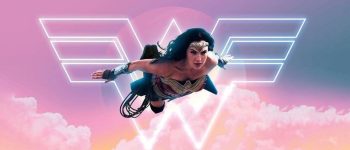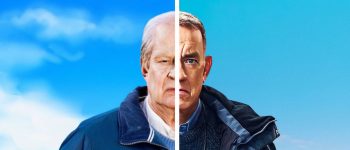When it comes to Western cinema, the names John Wayne and Clint Eastwood are often celebrated as iconic figures in the genre. However, there’s an unsung hero who deserves a prominent place in the pantheon of Western stars: Lee Van Cleef. With his steely gaze and commanding presence, Van Cleef effortlessly portrayed the quintessential antagonist. Yet, his talent as an actor extended far beyond the confines of playing villains.
In the realm of Westerns, Lee Van Cleef remains one of the most underappreciated and underestimated actors. His ability to convey menace with a mere glance and minimal dialogue made him a standout performer in every scene he graced.
see more : This Is the Scariest Plot Twist in a Movie, and It’s Not ‘The Sixth Sense’
Perhaps one of his most enduring roles was in “High Noon,” a film that won four Academy Awards. In this cinematic masterpiece, Van Cleef’s wordless portrayal left an indelible mark on audiences. Standing in the background, exuding a palpable sense of danger, he demonstrated that dialogue wasn’t always necessary to convey a character’s malevolence.
Van Cleef’s talent as a scene-stealer reached its zenith in “The Good, The Bad, and The Ugly.” He portrayed Angel Eyes, a sadistic and cold-blooded villain who left a trail of chaos in his wake. His introduction in the film, set against Ennio Morricone’s unforgettable score, sent shivers down spines and set the tone for the ultimate showdown. Even in a film boasting three remarkable performances, Van Cleef’s presence was magnetic, and he arguably walked away with the most accolades.
However, Van Cleef’s prowess wasn’t confined to the role of the antagonist. He proved his mettle as a leading man in several films, most notably in “Death Rides a Horse.” Here, he shed his villainous persona to become a stoic and morally complex protagonist akin to Clint Eastwood’s Man With No Name. His character, quick to draw and fire at wrongdoers but reluctant to harm the innocent, embodied the quintessential Western hero on a path to redemption.
In “Day of Anger,” Van Cleef once again took on a mentorship role, but this time his character was morally ambiguous and power-hungry. His portrayal not only overshadowed his co-star but also showcased his ability to infuse depth and complexity into his roles.
Beyond these standout performances, Van Cleef continued to excel in films like “Sabata,” “The Big Gun,” and “The Magnificent Seven Ride!” His grizzled appearance, along with his intense delivery, made him a commanding presence on screen, ensuring that he consistently outshone his co-stars.
While Clint Eastwood and John Wayne remain synonymous with Western cinema, Lee Van Cleef deserves equal recognition. His capacity to steal scenes, whether as a hero or villain, and his ability to breathe life into his characters set him apart as an unsung hero of the Western genre. In the annals of Western film history, Lee Van Cleef stands tall as a legend in his own right. It’s high time he received the acclaim he rightfully deserves.
Source: https://dominioncinemas.net
Category: MOVIE FEATURES











